Sky Watcher BKP13065EQ2 telescopes offer an exceptional price, mobility and extensive equipment. It is the ideal model to introduce to the world of amateur astronomy and is often chosen as the first telescope in the family. As one of the first small amateur telescopes, it was equipped with a parabolic main mirror, thanks to which we avoid one of the optical drawbacks — spherical aberration. The telescope has optimal light and a fairly large mirror, which makes it possible to make interesting observations.
Optical system
It is a reflecting telescope (Newton system). Due to the high light intensity, the telescope is especially recommended for observing nebular objects. This model will also prove useful when observing planets and the moon. The main advantage of this telescope is the large 130 mm parabolic mirror, which is the most important element of the telescope. A mirror of this size collects about 240 times more light than the human eye at night, providing the ability to observe objects up to nearly 12 magnitudes (up to 6 magnitude with the naked eye). The size of the mirror is also related to the optical resolution, which in this telescope allows it to separate stars that are more than 1.1 ”apart. The telescope was equipped with a Red Dot Finder. For the telescope, we suggest buying an eyepiece with a focal length of approx. 5-6 mm,
Installation
The EQ2 parallactic assembly equipped with micromovements allows you to set the telescope according to atlas or sky maps and smooth movement along the right ascension and declination axis. It is an improved head with a higher load capacity and better stability than the EQ1, especially recommended for telescopes with a diameter of 130mm. The mount should be properly positioned and aligned with the North Pole of the sky, and thanks to this, we will be able to operate the telescope in a simple way. The mount can be equipped with a drive — this allows you to track the object in its movement across the sky and to take simple photos of the night sky.
Extract
The telescope is equipped with an eyepiece extractor that allows the use of 1.25 ”eyepieces. The set includes two 10 and 25mm eyepieces, giving 65x and 26x magnification.
Astronomical observations
1. Solar System
- features on the lunar surface larger than 1-2 km in size;
- sunspots and their structure;
- all the planets of the solar system;
- Mercury and Venus phases
- Mars shield
- Jupiter’s equatorial belts and Galilean moons
- Saturn’s rings and the largest moon Titan, further fainter moons may appear in the field of view
- Uranus and Neptune
- motion of asteroids against the background of stars
- observations of bright comets
2. Stars
- about 1.9 million stars across the sky, shining down to about magnitude 12-12.5
- double and multiple stars separated from each other angularly by more than 1.1 «.
- colors of many bright stars
3. Nebulae objects
- all Messier directory objects
- tens or even hundreds of globular clusters start to show individual stars
- hundreds of open clusters with visible differences in structure
- several dozen nebulae, along with the first details, details of bright nebulae
- dozens of galaxies with the visible shapes and angular positions of the disks
- visible structure and structure of bright planetary nebulae
Ground observation
A telescope with this type of optics is not well suited to ground observation. To invert the image, use the so-called straightening lens, thanks to which we will reverse the image to natural (straight). Together with the straightening lens and the assembly on which it was placed, it can be used as a simple device for ground observation





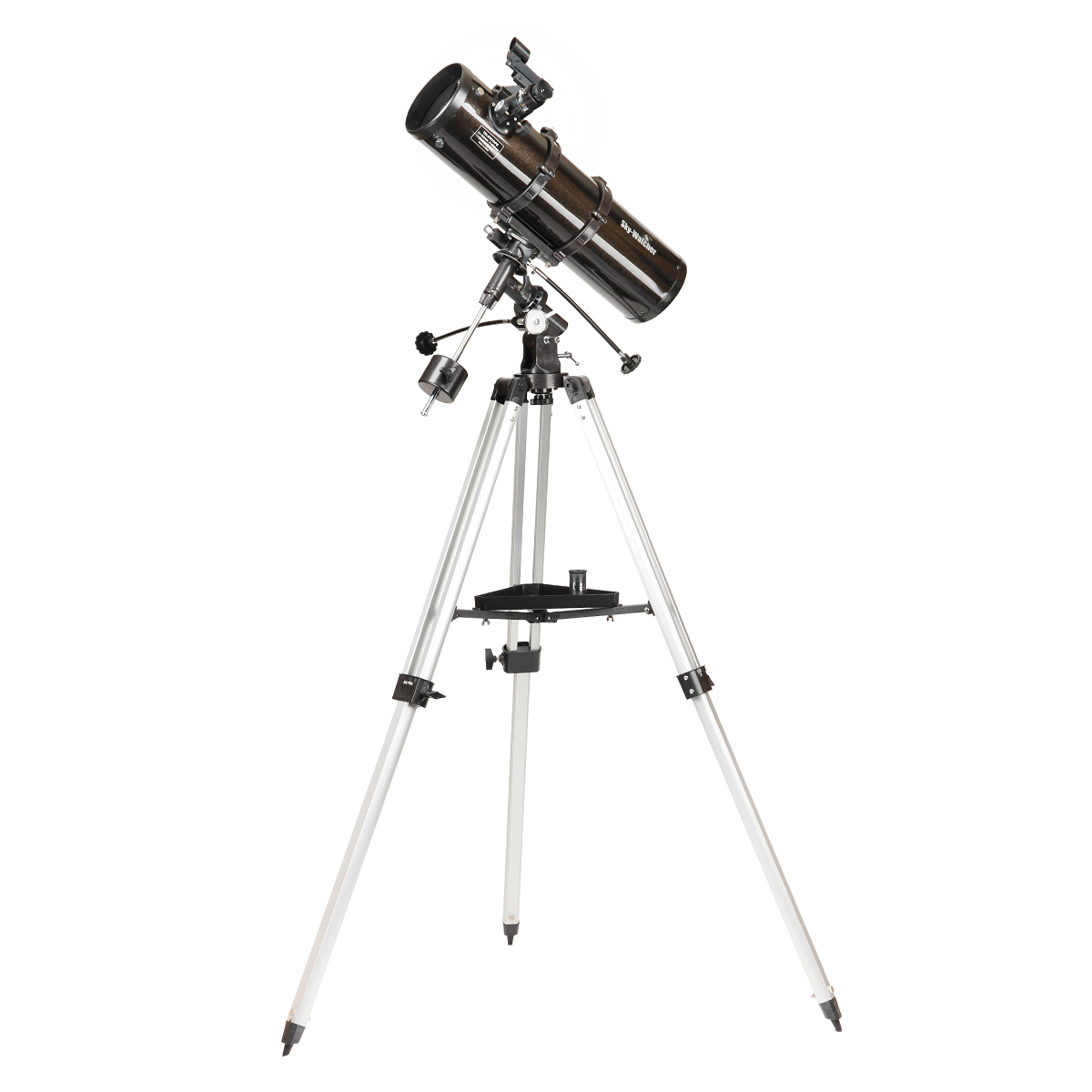
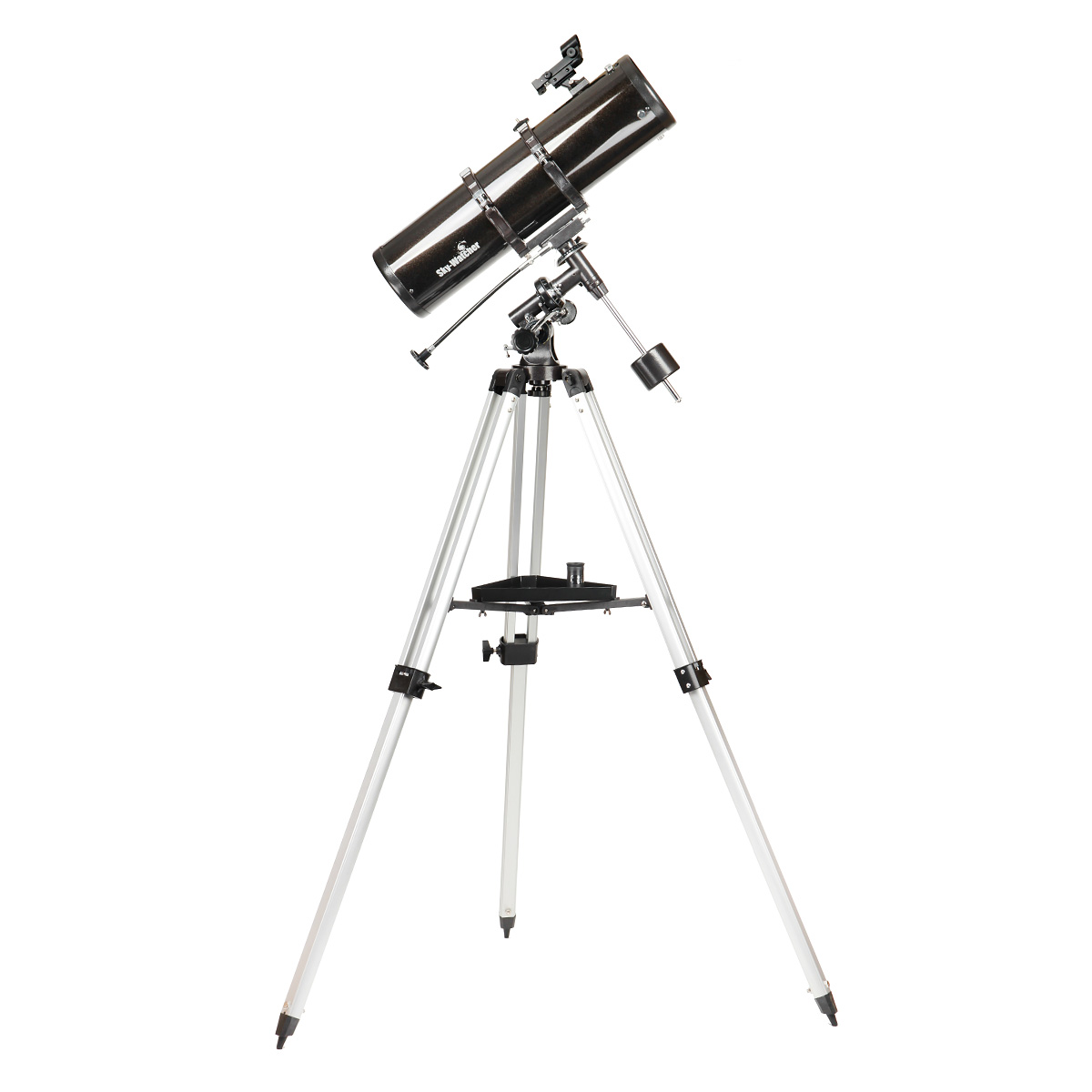
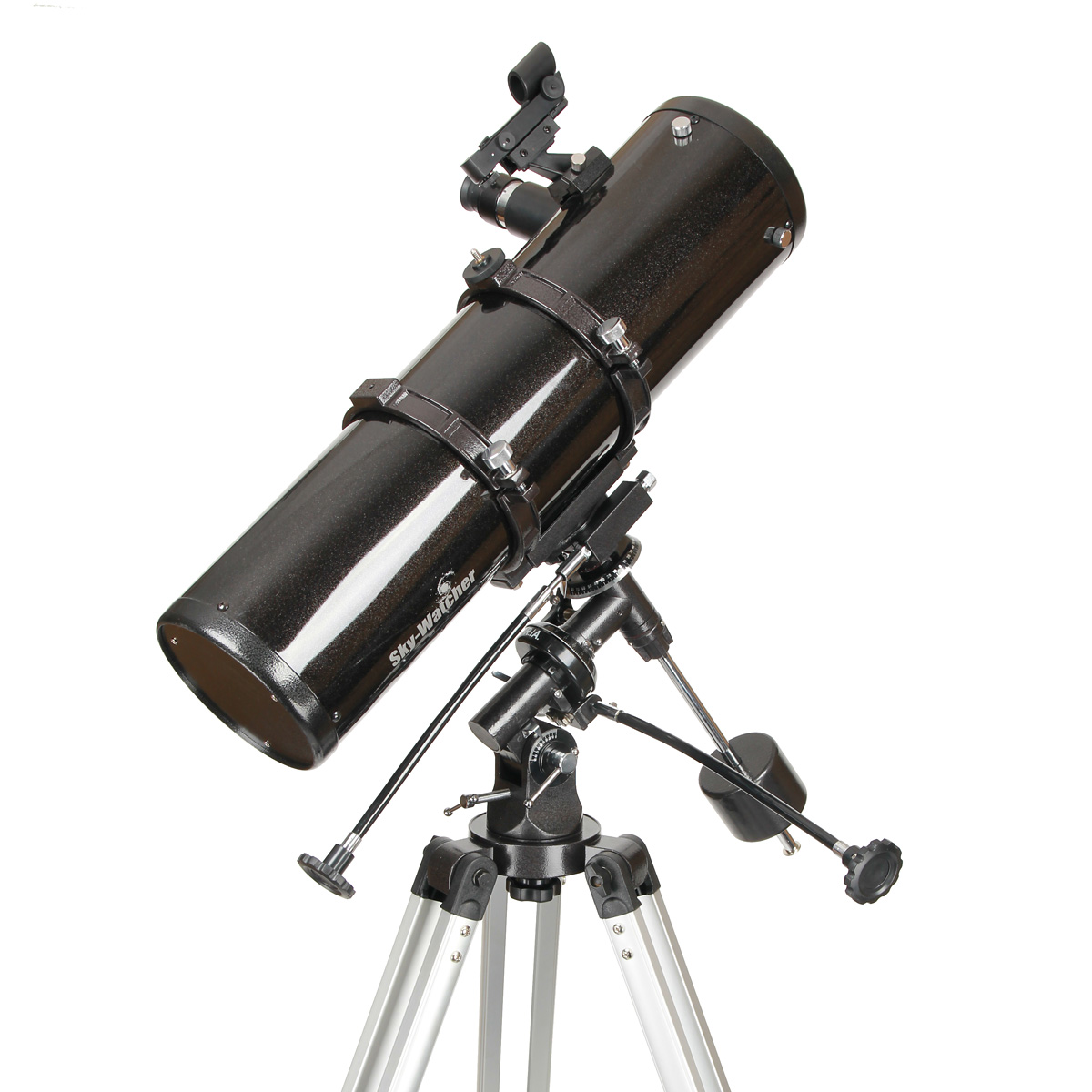

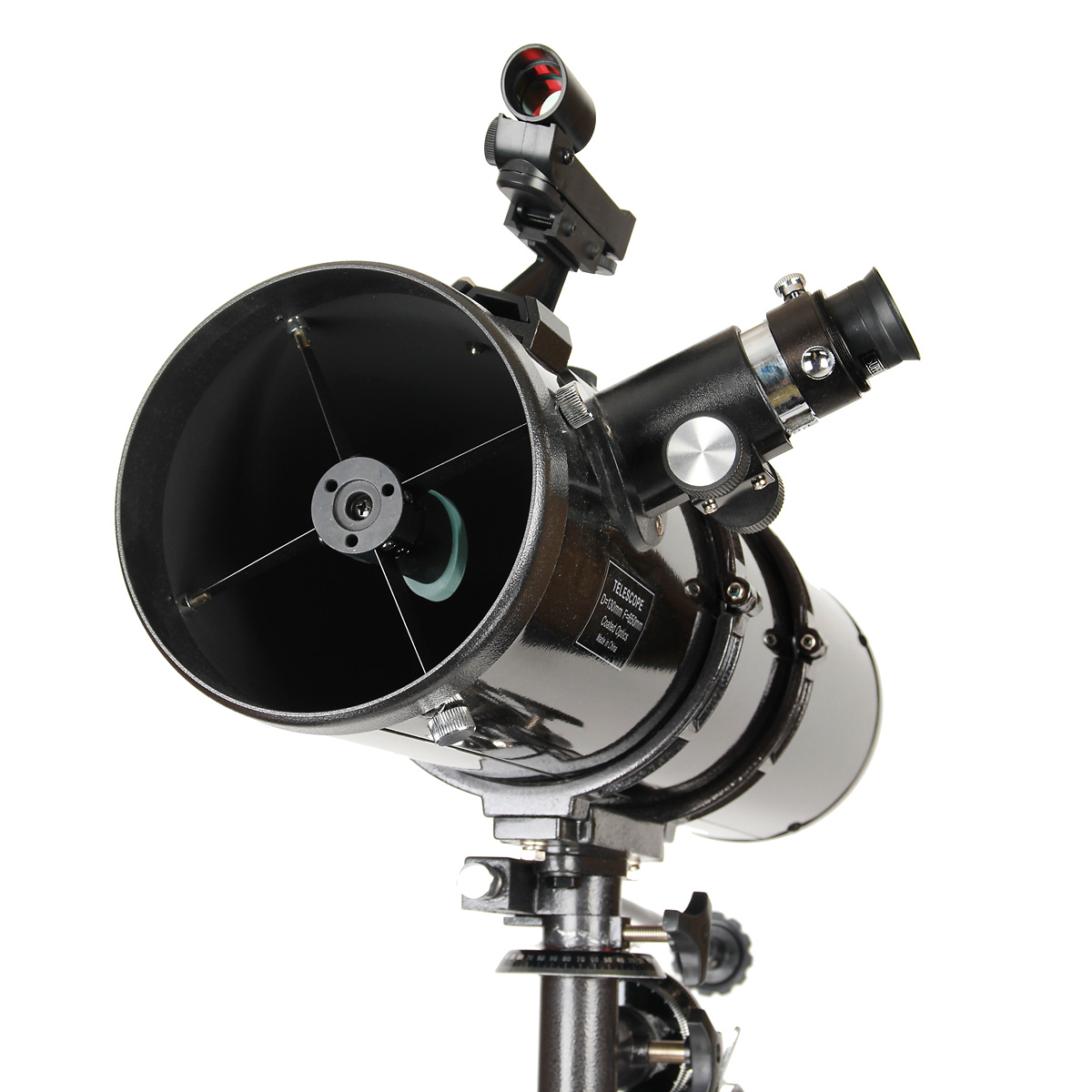
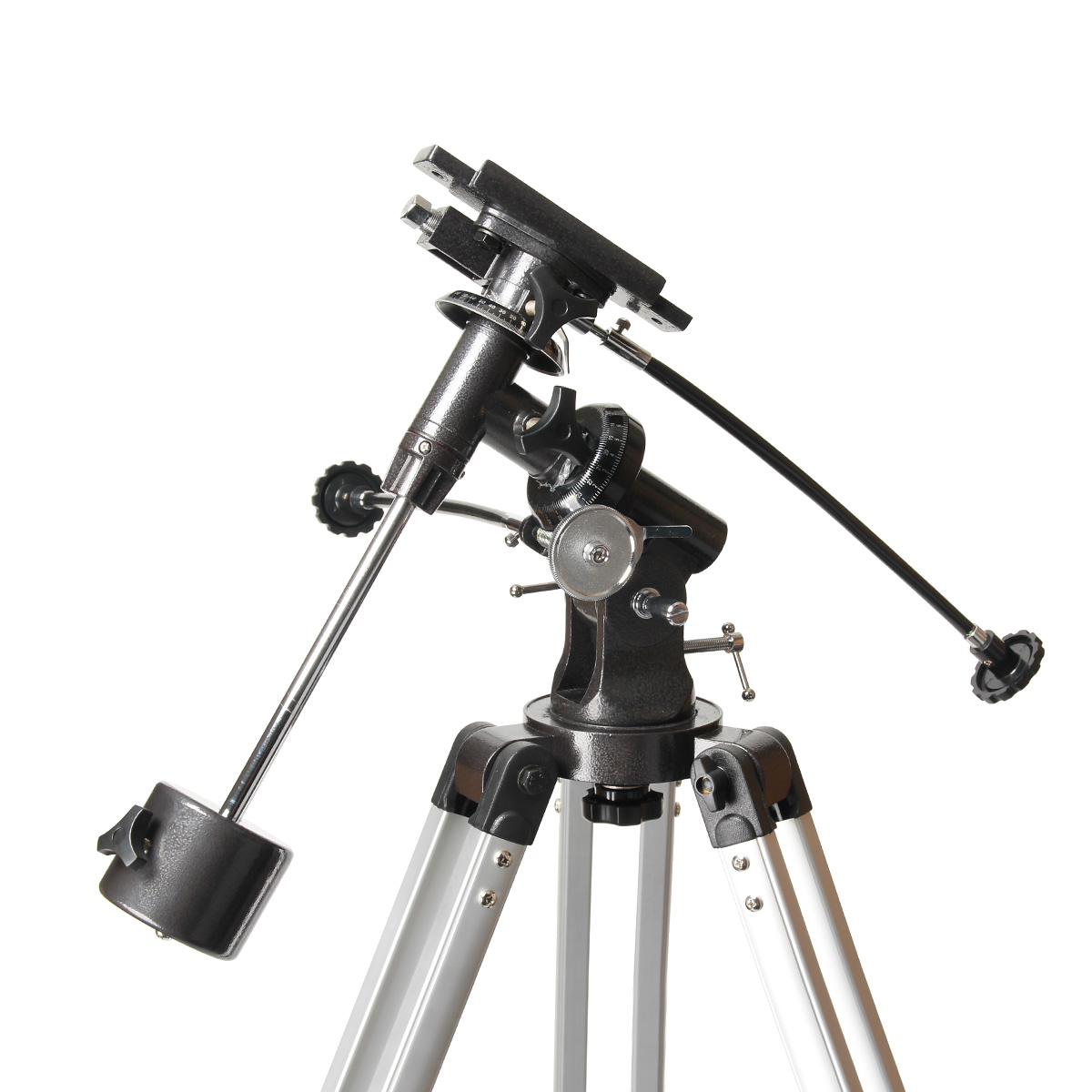
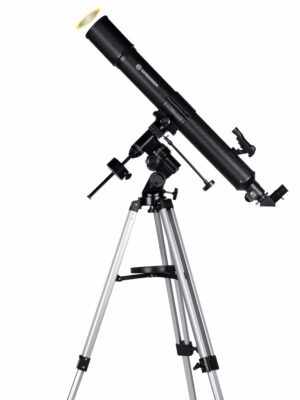


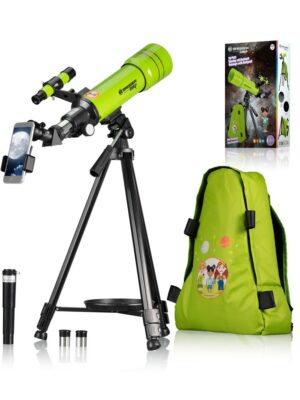
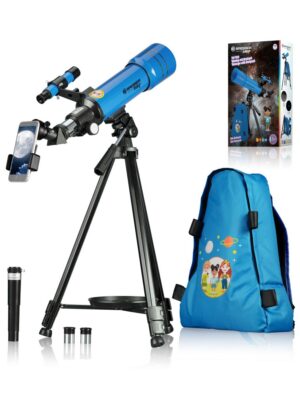
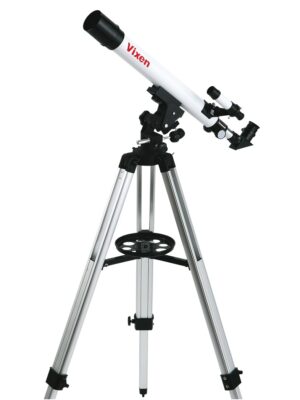
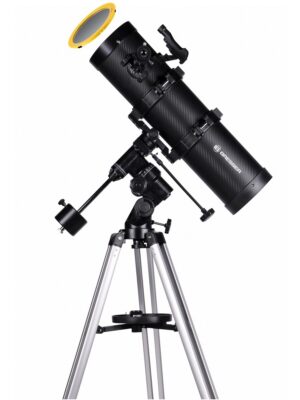

Отзывы
Отзывов пока нет.